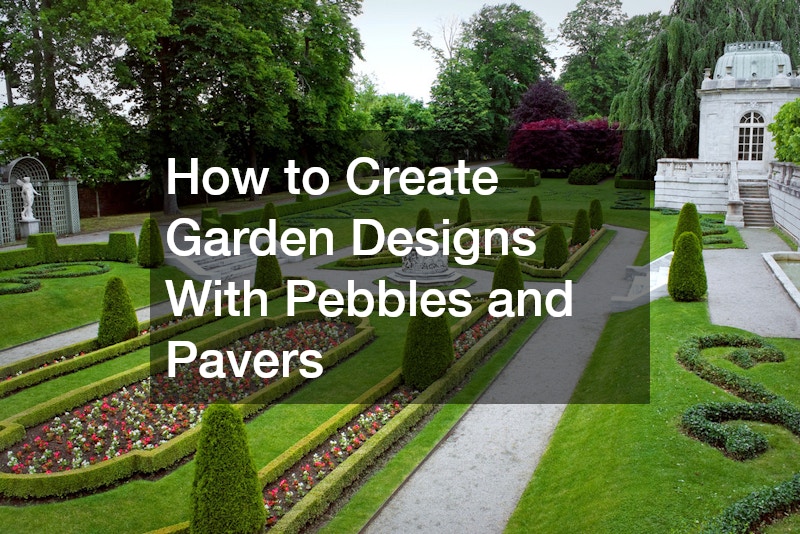
Creating a beautiful garden involves thoughtful design and the right materials to bring your vision to life. Pebbles and pavers are versatile and cost-effective elements that can add texture, structure, and visual interest to your outdoor space. Whether you want to build a pathway, enhance flower beds, or create focal points, incorporating pebbles and pavers can elevate your garden’s aesthetic appeal. Here’s a guide on how to create stunning garden designs with pebbles and pavers.
1. Design a Functional Pathway
One of the most popular uses for pavers and pebbles is designing garden pathways.
Pavers serve as sturdy stepping stones, while pebbles fill the gaps and create a smooth transition between different areas of the garden. To begin, outline where you want the pathway to go, ensuring it follows a natural flow through your garden. Straight paths work well for more formal gardens, while winding paths add a more relaxed, organic feel.
Once you’ve marked the path, dig a trench about 4-6 inches deep and fill the bottom with a layer of gravel for drainage. Place the pavers along the path, spacing them evenly. You can then fill the spaces between the pavers with small pebbles. This combination not only looks aesthetically pleasing but also helps prevent weeds from growing between the stones.
2. Create a Focal Point With Pebble Patterns
Pebbles come in various colors, sizes, and shapes, allowing you to create intricate designs and patterns in your garden. One effective way to use pebbles is by creating a focal point, such as a small patio or a zen garden area.
Start by selecting pebbles in contrasting colors to form geometric patterns, swirls, or even a mosaic design. To achieve a polished look, create a border around the area with larger stones or pavers to keep the pebbles in place. A simple circular or square design can anchor a seating area, while more elaborate patterns can serve as the centerpiece of your garden.
3. Enhance Flower Beds and Borders
Pavers and pebbles are excellent for defining garden beds and borders. Pavers can be used to create a neat edge around your flower beds, helping to separate the garden from your lawn or other areas. This not only adds structure to your design but also keeps soil and mulch from spilling over.
Pebbles, on the other hand, can be used as a ground cover within flower beds. They help retain moisture, prevent weed growth, and add a decorative touch. White or light-colored pebbles can brighten up shady areas, while darker pebbles create contrast against vibrant foliage. Be sure to lay a weed barrier fabric under the pebbles to prevent weeds from coming through.
4. Incorporate Water Features
Water features such as fountains, ponds, or dry riverbeds can be enhanced with the use of pebbles and pavers. For a modern look, use pavers to create a platform or border around the water feature. This provides a clean, defined edge and contrasts beautifully with the flowing water.
Pebbles can be used around the base of a water feature to mimic the natural appearance of a riverbank. Large, smooth pebbles work well in and around ponds, while smaller stones can line a dry riverbed, creating the illusion of flowing water.
5. Mix and Match Textures and Materials
Don’t be afraid to mix different types of pebbles and pavers to create dynamic designs. Using different textures and materials adds depth and interest to your garden. For example, you can combine rough, natural stone pavers with smooth, polished pebbles for a contemporary look, or mix large pavers with small gravel for a rustic aesthetic.
Experiment with different combinations to create a unique design that reflects your style. Whether you prefer sleek and modern or natural and rustic, the versatility of pebbles and pavers allows you to customize your garden to suit your taste.




